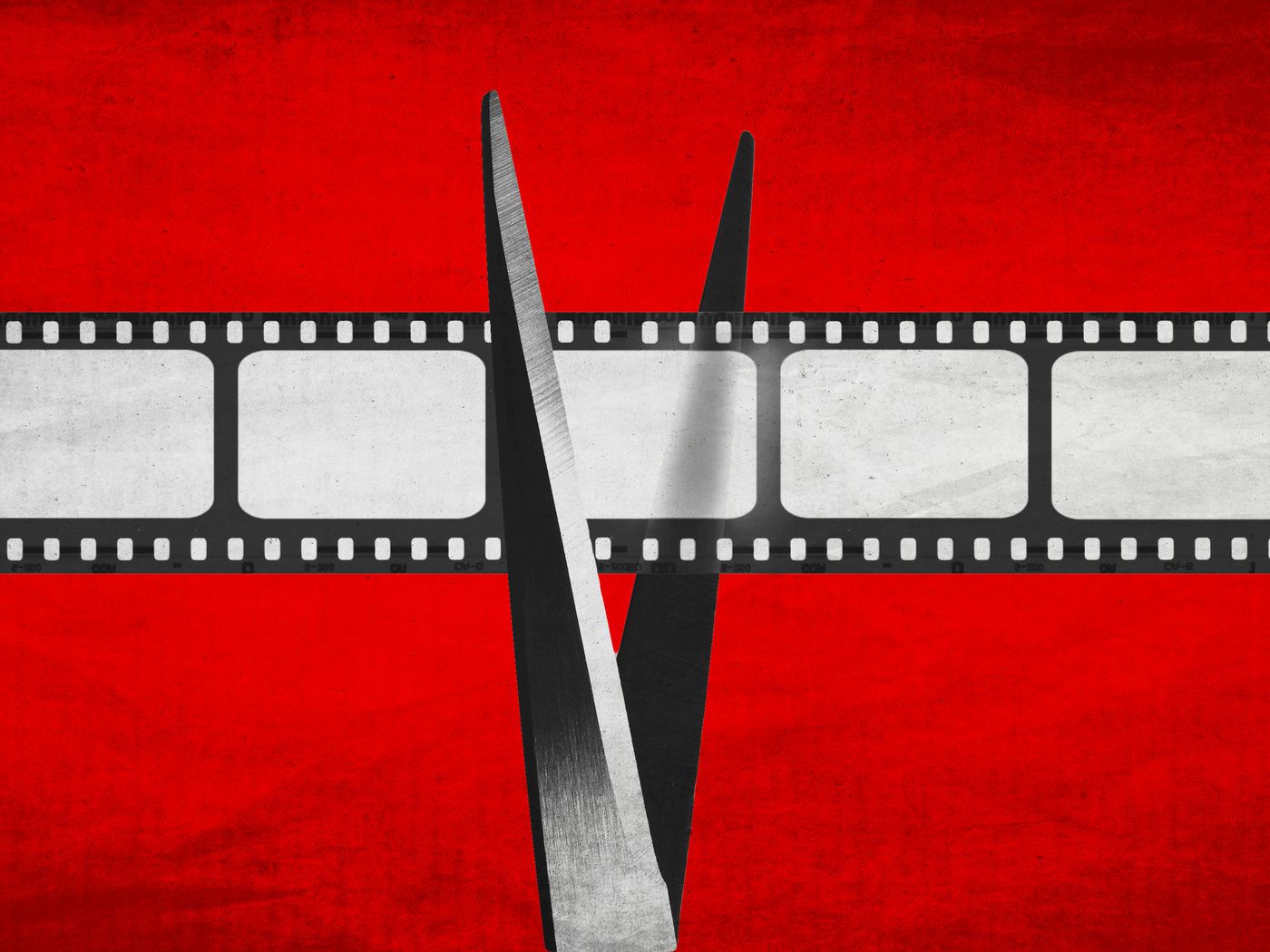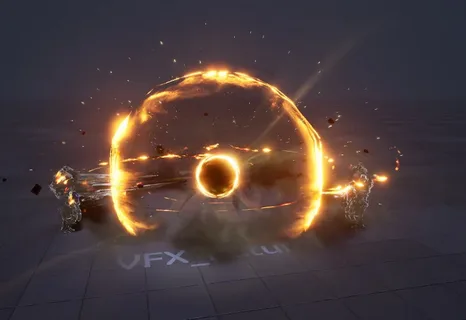Movie trailers have evolved into a powerful cinematic tool that does more than just promote a filmthey build anticipation, stir emotions, and create a sense of urgency among viewers.
A well-crafted trailer is a masterpiece in its own right, strategically designed to tease just enough of the plot, introduce intriguing characters, and present high-impact visuals or dialogues that resonate with the audience. It’s a carefully choreographed mini-movie, often lasting just two to three minutes, but it holds the weight of a film’s success on its shoulders.
The magic of a trailer lies in its structure. Most effective trailers follow a three-act format: a compelling introduction, an intensifying middle section, and a cliffhanger or dramatic close that leaves viewers wanting more.
The opening often sets the tone, showing glimpses of the world in which the story unfolds. Music plays a critical role here slow, haunting melodies for thrillers, epic orchestras for action films, or upbeat tracks for comedies.
This auditory cue immediately signals what type of emotional experience the viewer can expect. As the trailer progresses, snippets of conflict, dialogue, and high-stakes moments are introduced, raising questions without offering full answers. This deliberate ambiguity is what hooks audiences it fuels curiosity and speculation, both of which are key ingredients in word-of-mouth marketing.
Another tactic trailers use is the “money shot”—a powerful visual or scene (like a major explosion, romantic kiss, or superhero landing) that is designed to wow the audience. These shots are often chosen to be shareable and meme-worthy, contributing to a film’s viral marketing campaign.
Dialogue is also a strong hook trailers are packed with quotable lines, whether they’re chilling threats from villains or inspiring monologues from heroes. These lines often become part of pop culture long before the movie even releases.
Modern trailers also understand the power of storytelling without spoilers. They suggest a journey or transformation, sometimes even misleading audiences slightly to protect key plot points. This has become more refined in recent years as fans demand more mystery and less revelation. Moreover, trailer editors often work separately from the filmmakers, bringing a fresh perspective that focuses on marketing appeal rather than storytelling fidelity.
In today’s digital age, trailers are often the first touchpoint between a movie and its potential audience. Whether released in theaters, on YouTube, or through social media teasers, they are optimized for short attention spans, often beginning with a 5-second “preview of the trailer” to hook online viewers before they skip. Some studios even create multiple versions targeting different demographics, recognizing the diversity in audience tastes and preferences.
Conclusion:
The art of movie trailers is a finely tuned blend of psychology, marketing, and storytelling. It’s not just about revealing scenes from a film it’s about creating emotion, excitement, and mystery in a condensed format. A great trailer doesn’t just show what the movie is about; it makes you feel like you have to see it.
In an era where entertainment choices are endless, a compelling trailer can be the decisive factor that turns a casual viewer into a ticket-buying fan.


